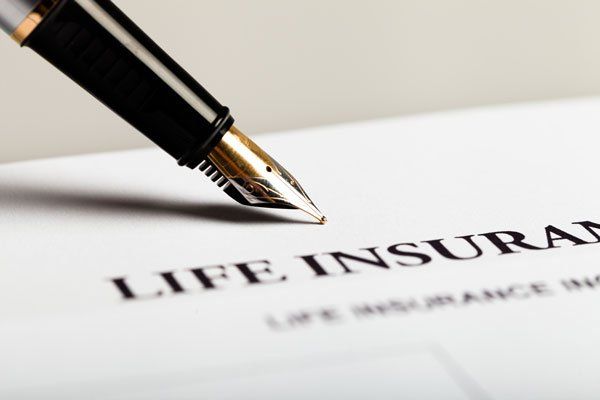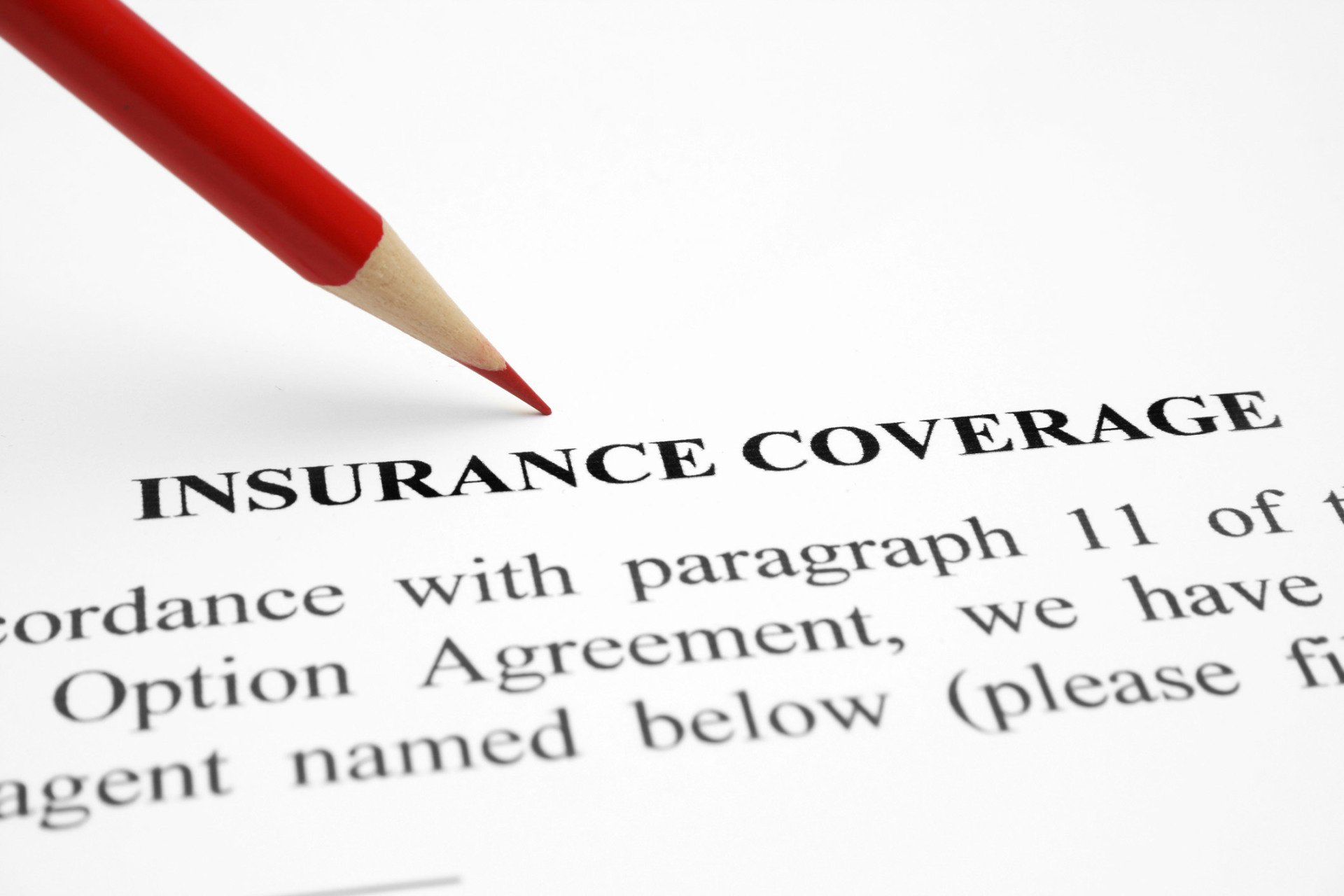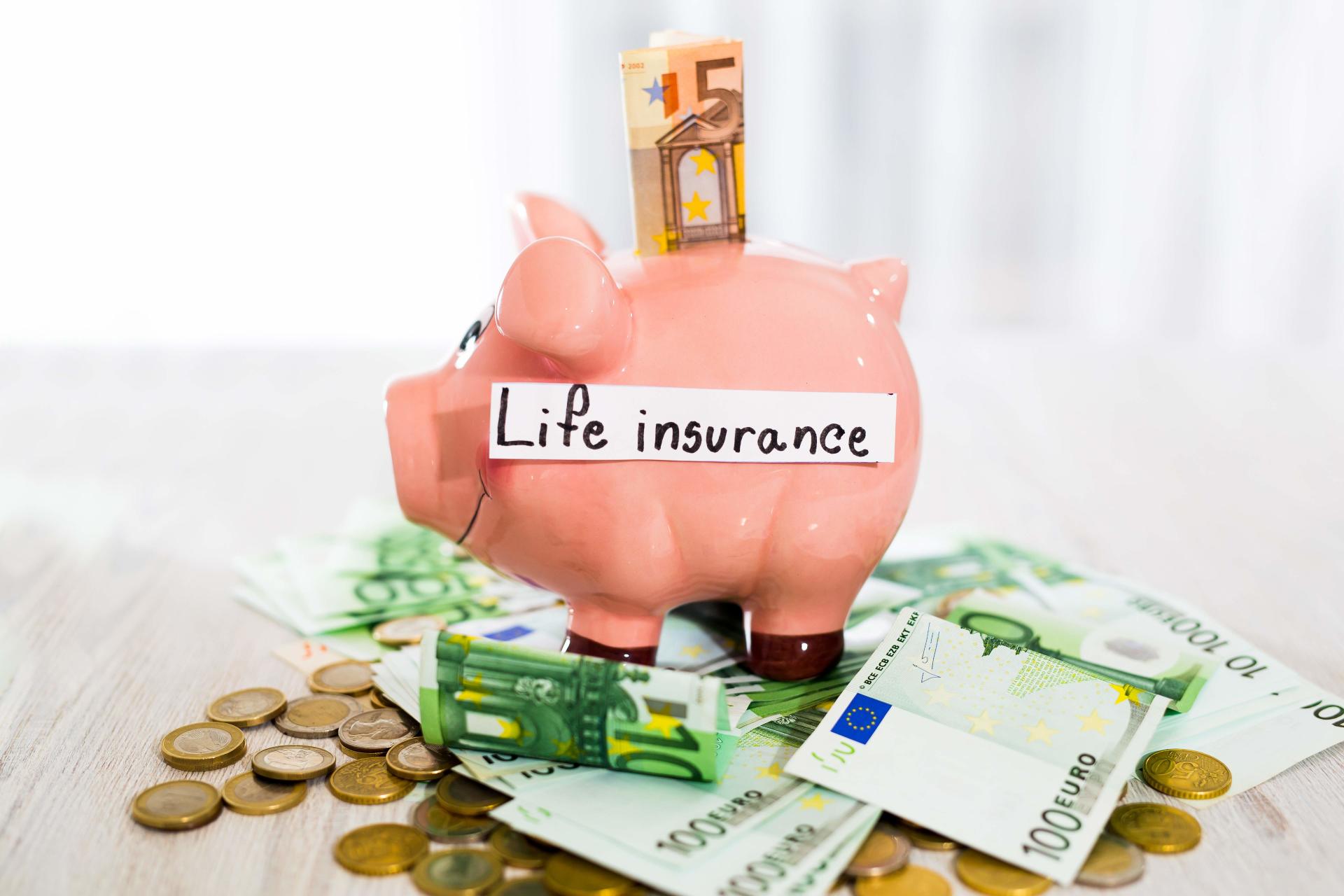
Age is a key factor life insurance companies consider when assessing risk and determining the premium rates you pay. It's something you need to think about too. In addition to how your age affects the cost and need for life insurance, there are other factors to take into account before buying a policy.
Age
Insurers consider how the health of many people declines as they get older. Therefore, life insurance rates increase with age. The younger you are when you first buy life insurance, the less the premiums will cost you. Consequently, rates for healthy males at age 30 cost less than the premium rates at age 40.
In addition, if you wait until age 40 or 50 to buy health insurance and you are already having health issues, then you'll have to pay even higher premium rates. Moreover, insurance companies may tell you that you are not insurable.
Health Status
Your personal health history isn't the only thing insurance underwriters look at when calculating how much risk you pose. Therefore, if there is a history of health conditions such as diabetes, heart disease and cancer in your family, it may be more practical to buy life insurance earlier in life while your health is good. Otherwise, waiting until later can significantly impact the insurance premiums you pay.
Chronic illness isn't the only thing you have to worry about when it comes to premium costs. Gaining weight can also increase your life insurance rate. For example, a body mass index (BMI)
between 25.0 and 29.9 puts you in the overweight category, and a BMI
of 30 and above puts you in the obese category. Either category increases your risks of developing a number of chronic health conditions, which means paying higher life insurance premiums.
Choice of Policy Type
The life insurance option you choose should fit in with your financial planning. While you may choose term life insurance to match the timing of raising a child or other life event, a whole life policy pays more than a guaranteed death benefit. It's an investment that earns dividends you can include as part of your retirement or estate planning.
Term Life Insurance
Premiums you pay for term life insurance generally cost less than premiums you pay for whole life insurance. The premiums are fixed, and you can pay them monthly, quarterly or annually.
A term life insurance policy covers you for a fixed number of years, but you can always take out a new term life policy once your current policy expires. Insurers usually offer 10-, 20- and 30-year options for term life insurance policies.
Another factor to consider is that needs change over the years, which means the amount of life insurance you need changes too. Therefore, regardless of your age, buying life insurance should be based on your life's situation and not only your age.
For instance, if you take out a 10-year term life insurance policy before age 30, by age 35, you may be married with children and have a home mortgage, which are good reasons for needing more life insurance.
Whole Life Insurance
Premiums for a whole life insurance policy cost more than those for a term life insurance policy. However, a whole life insurance policy is an investment that builds up tax-deferred cash value. Keep in mind that a whole life insurance policy is a long-term savings option. Therefore, it can take several years before the policy starts earning returns.
If you don't mind waiting for a return on the investment, this type of policy may be a good idea if permanent, lifelong coverage better matches your financial situation. While the premiums are higher than the premiums you pay for a term life insurance policy of the same amount, renewing term policies throughout your lifetime can cost you more in the end.
Contact Habersham Funding, LLC
for details on the life insurance options available to you based on your current and future financial needs. 









